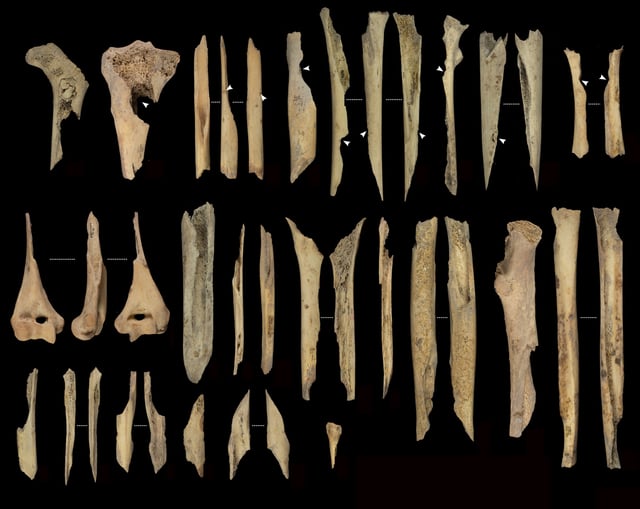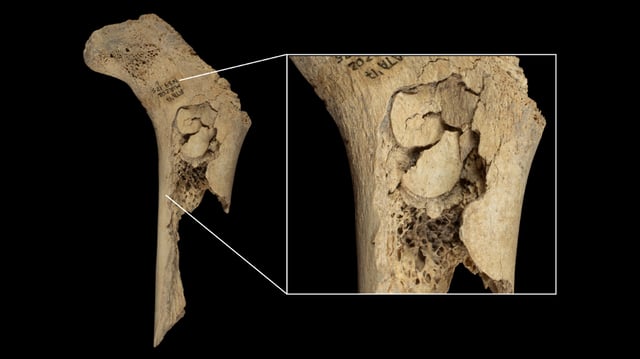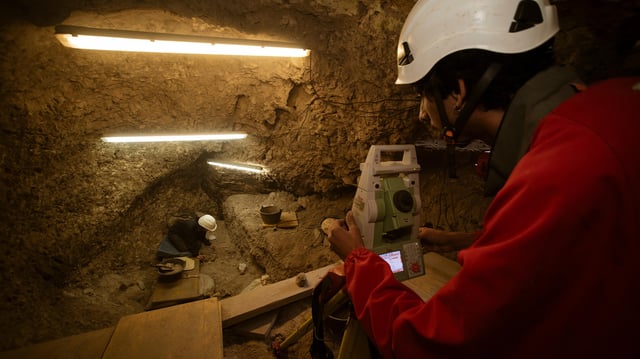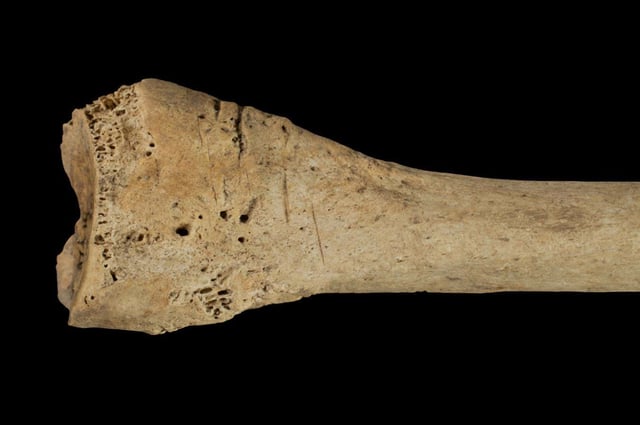Overview
- Researchers analyzed 650 bone fragments from El Mirador cave and radiocarbon dated them to between 5,709 and 5,573 years ago.
- Isotope results indicate the 11 victims were local individuals ranging from children to older adults.
- Cut marks, fractures for marrow extraction, human bite marks and evidence of boiling or cremation point to systematic postmortem butchery.
- Study authors interpret the episode as warfare cannibalism aimed at asserting dominance and achieving ultimate elimination rather than serving funerary or survival needs.
- Independent Bronze Age findings at the same site show a separate cannibalism event 1,500 years later and researchers are now investigating its implications for prehistoric conflict and ritual behaviors.



